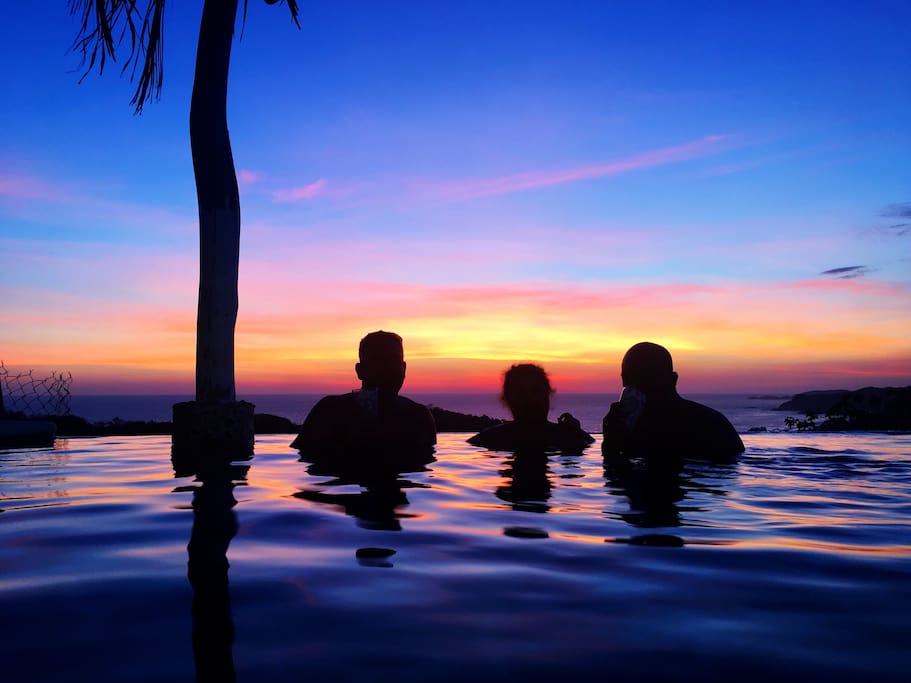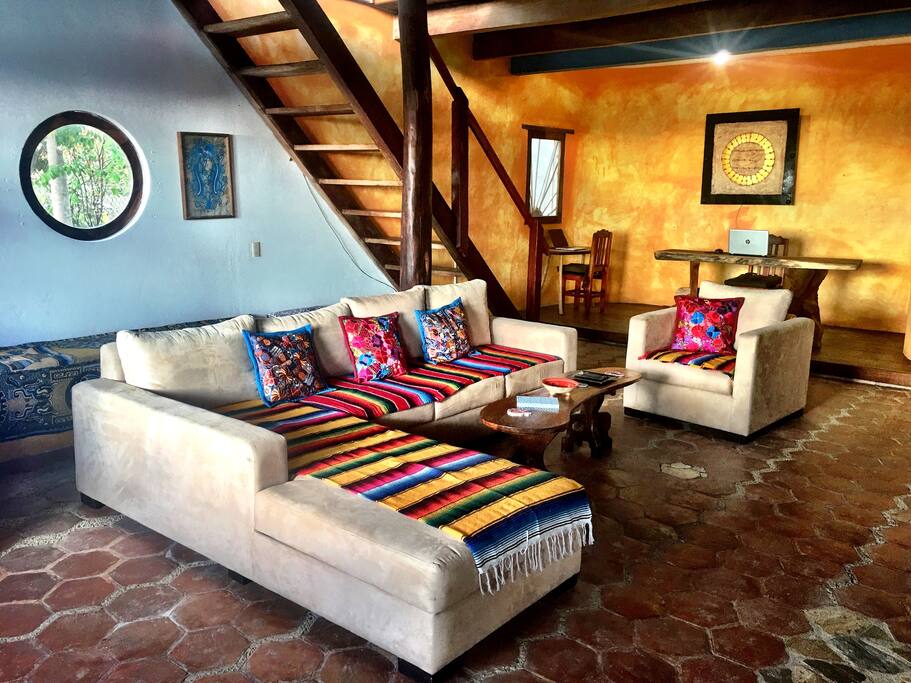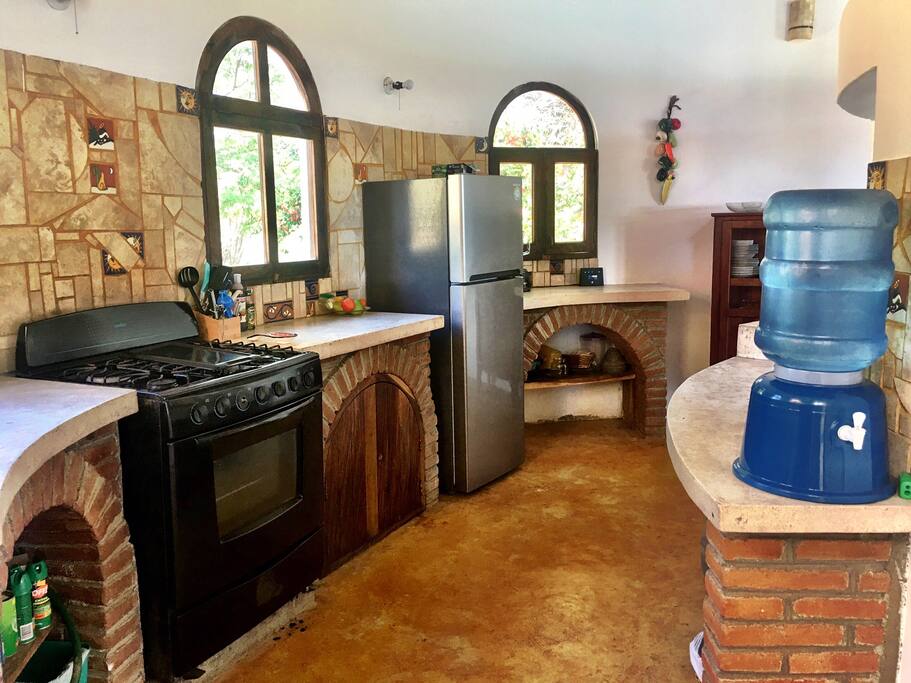The first time an Israeli bartender asked me whether I wanted a shot I hadn’t ordered, I figured he was taking me for an easily duped tourist. He wouldn’t be wrong; I’m not immune to scams, and it was my first night out in Tel Aviv. To my delight, he wasn’t trying to rack up my bill — he was just giving me a chaser (not the kind you throw back after taking a shot of strong alcohol).
“Chasers are mini shots [of alcohol] that people drink throughout the night to accompany their, well — drinking,” says Yuval Soffer, brand ambassador of Milk & Honey, Israel’s first whiskey distillery. “Don’t be surprised when bartenders buy you a round of chasers on the house. It’s part of the Tel Aviv hospitality culture.”
If you drink, you’d be hard-pressed to get through a meal in Tel Aviv without taking a chaser or five of something strong like arak, a Levantine spirit made from grapes and aniseed. It doesn’t matter whether you’re sitting alone at the bar or in the thick of a 10-person business meeting at a restaurant — you’ll probably have a bartender appear with micro doses of local booze.
While traveling, sampling the local moonshine can be a door to gaining a deeper understanding of the local culture. It can lead to priceless experiences, like the time I let a group of women pour alcohol from an unmarked jug straight into my mouth at 2 a.m. in the thick of a parade in the streets of Oaxaca, Mexico. But how does a traveler cautiously gauge when to dive in and when to stay away?
Every year, headlines remind us that there are dangerous alcohols out there. As The Washington Post has reported: “Deaths from illicit liquor are common in India, where illegally manufactured alcohol is often consumed for reasons including poverty and geographic isolation. Bootleggers have been known to add methanol, a toxic substance used in antifreeze, to such brews; it can also be present because of a mistake in the distilling process.”
And yet the allure of drinking like a local prevails for me. Apparently, I’m not alone.
“If you’re not encountering off-brand booze, then you’re not really traveling, are you?” says Shanghai-based Chris Lowder, general manager of the bar consultancy and craft spirits importer Proof & Company in China. “Travel is all about leaving comfort zones behind and understanding how people live in different parts of the world. As far as we know, humans have been drinking alcohol for about 5,000 years, and we’re doing just fine.”
Lowder has logged serious miles roaming the world for his work in the beverage industry. The result has been a lot of interesting drinking. In Shanghai, he’s a fan of Huangjiu, a local spirit that tastes like a cross between oloroso sherry, amaro and baijiu. In Seoul, there was the specialty makgeolli bar, where he learned that the unfiltered wine (usually brewed using rice and nuruk, a fermentation starter) could be made with a variety of starch and nut milks with any kind of yeast.
“The one that surprised me the most was a bottle of peanut milk that had been fermented with champagne yeast,” Lowder says. “Everything was poured from mostly unlabeled plastic bottles, and in the end, we were allowed to buy whatever we wanted to take home.”
Lowder doesn’t approach all local alcohol the same way. Distilled alcohol (think vodka, tequila) tends to be fair game for testing, while fermented drinks (beer, wine) require careful treading. Unlike distillates, ferments have a lot of room for error. You want to make sure you’re drinking a product that was fermented in a sanitary setting.
“If it’s just a ferment on the street, like a pot of bubbling rice water or something, I usually don’t go for it,” Lowder says. “If it’s not distilled, you’re really drinking at your own risk. At least if your local cheap hooch is high ABV [alcohol by volume, given as a percent], you know it’s not harboring some colony of death spores that are going to end your life.”
Ultimately Lowder is more worried about fake alcohol than incorrectly made booze. With a high-proof distillate, he knows what he’s getting. But counterfeit alcohol is made with the intention of being as cheap to produce as possible and might contain toxic ingredients such as methanol. Counterfeit alcohol is usually the culprit in the cases of mass death in countries such as Indonesia and India.
“There is a lot of fake alcohol being served in the bottles of many renowned Indian and international brands,” adds Jitender “Jeet” Singh, the beverage manager at KYTA Hospitality in Mumbai. “The government is very strict about this. They regulate it by giving different bar codes and numbers on every single bottle to ensure it is genuine.”
Singh noted that dangerous bootleg alcohol tends to be distributed in smaller towns rather than in India’s big cities. It’s also more commonly found in Indian states where alcohol is banned. To avoid drinking counterfeit or potentially poisoned alcohol, buy drinks from registered stores.
That being said, Singh still acknowledges that trying local Indian spirits like toddy or palm wine — alcohol made by fermenting sap from various palm plants — is a special experience. He recommends using your best judgment when making the call whether to drink something local, and to err toward drinking the creations of people you know: “Try it if you trust the person."
Growing up in Lake Como, Italy, Agostino Perrone could trust the people making the local alcohol: his family. His enthusiasm for experimenting with local booze began when he was a kid drinking grape distillates (similar to grappa) made by his uncle. “In Italy we have a deep-rooted tradition for homemade products crafted for convivial occasions with friends and family,” Perrone says. “From wine to beer, homemade liquors and distilled produce, I have always been exposed to no-label drinks. It is part of our culture.”
Perrone’s exposure to Italy’s artisan alcohol traditions was the catalyst that inspired him to pursue a profession in the drinks industry. Today, he is the man behind the Connaught Bar in London. His refined creations have made the institution a regular fixture on the World’s 50 Best Bars list, put out annually by William Reed Business Media. But his favorite drinking has been done in Mexico, the homeland of his wife.
“One of the best memories I have from Mexico is tuba, a fermented coconut water that we tasted with locals at Barra de Navidad, a little fishing town on the coastline of Jalisco,” Perrone says. “The array of fresh ingredients and artisanal creations you can discover with Mexican people is just incredible, especially if you have the chance to share your experience with them.”
To feel safe about what you’re drinking, his sentiments echoed Singh’s: Knowing who you’re drinking with helps.
“Being [in Mexico] with locals I could trust was certainly an advantage, but when traveling, you always need to consider that what tastes familiar to them isn’t necessarily what your palate is accustomed to,” Perrone says. “For those who are not experts, I would always say that ‘less is more’ is a great word of wisdom. If the impact doesn’t entice your palate or nose, avoiding is always safer.”
Andrea Villela, an anthropologist by trade, follows that same school of thought when hunting for mezcal in rural Mexico. “Smelling is very important, because our smelling sense is very raw. It’s still connected to survival instincts. Always sip small and smell the cup,” she says.
Villela started a side hustle called La Fiera Mezcal, sourcing mezcal from her home state of Guerrero. She and her mother — anthropologist Blanca Jiménez — receive tips on mezcaleros making great batches. Then Villela travels to the source to taste it herself, often ending up in remote pockets of the region.
“We had to go up in the mountains and cross a river that was filled with baby frogs. The water was so clean,” Villela says of one particular mission. “We got to a point we couldn’t go any farther with the car, so we parked and climbed to find the mezcal master, Don Roberto.” To carry the mezcal back to the car, Villela had to strap the jugs onto donkeys. This precious cargo is then distributed to bar owners, event organizers and guests of the tastings Villela hosts at her house in Mexico City.
Since she started La Fiera, Villela has learned to identify good mezcal from bad. She’s had a lot of practice. People bring Villela eclectically packaged samples of their product, or that of the uncle of a friend of a friend, all the time. Then there are the research trips to see mezcal masters, during which she’ll try upward of 10 varieties before deciding on one.
Throughout her experiences, Villela has never been afraid of encountering tainted alcohol. She’s never heard of anyone going blind or being poisoned. She does, however, recognize that not all alcohol in Mexico is safe. Her advice is to drink local spirits slowly — don’t chug something unfamiliar, or try to mask it with lime. She recommends putting a drop of whatever you’re drinking on your skin first and smelling it to see if it’s adulterated (tampered with). If you don’t like the odor — especially one that is unpleasantly chemical — don’t drink it. If you do, sip it and observe your body’s reaction.
With every chaser of arak I took in Israel, I felt more like a local and less like an outsider. The same was true when I drank ruou in Vietnam, or ya dong in Thailand. Alcohol can help take the awkward edge off when you’re traveling somewhere new. It can give you new cultural insight. It’s a way to bond. And it’s fun.
The key to adventurous drinking is keeping your guard up before, during and after you’re doing it. Don’t proceed if the contents of your cup, jug, gourd or bottle smell or taste off. Trust your instincts and read the room, Lowder says.
“If you’re in good company, and clearly the locals are acting normal and having a great time, then you know you’re probably in good hands and may be about to have an amazing time."
Read More














